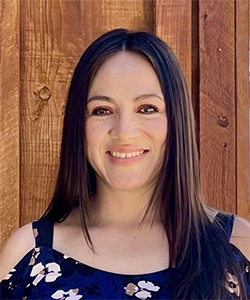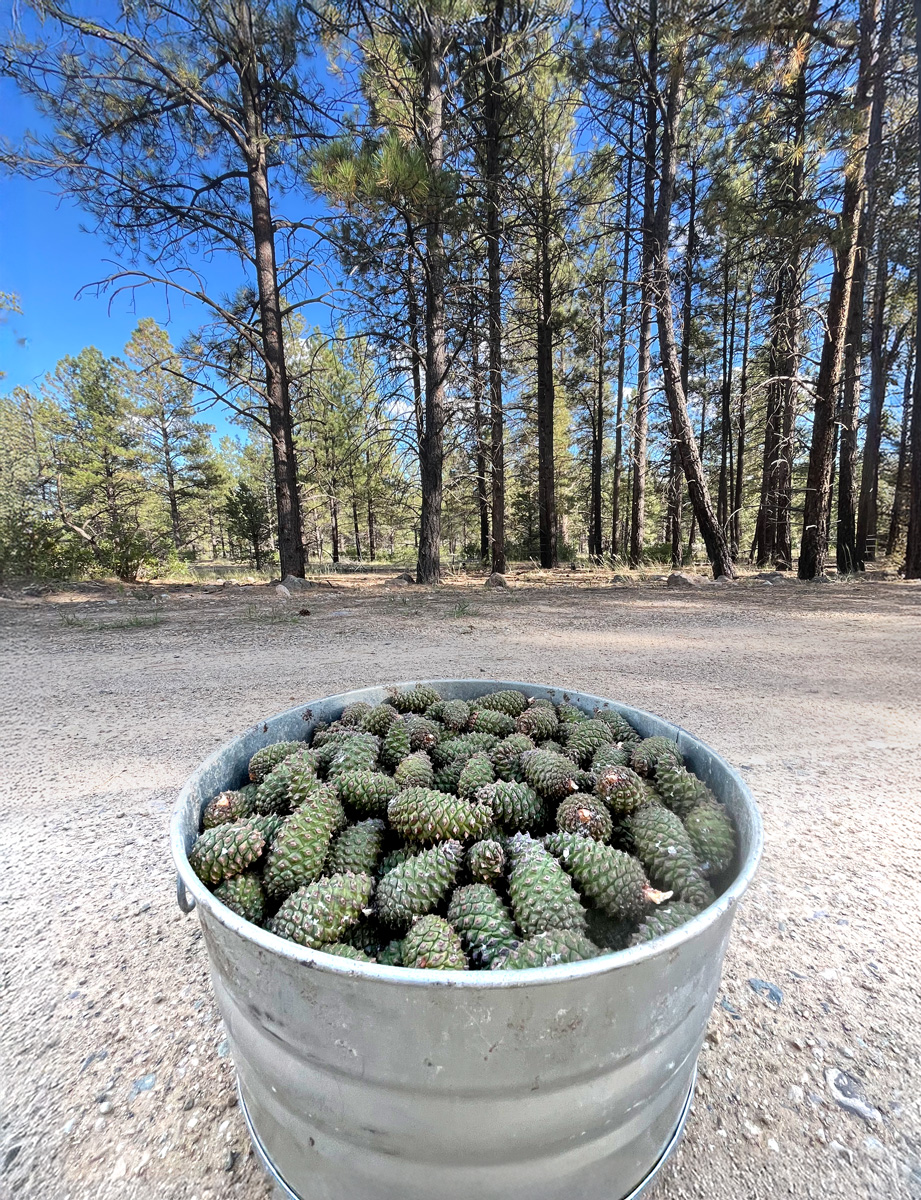I have lots of memories of my grandfather taking care of his trees. He planted trees, trimmed his trees, always making sure he had some shade and fruit trees on his property. There was never a shortage of willow branches to get into trouble with and poplars always lined our driveway. At age 90, my grampo still roams his property and recently planted some new fruit trees that he’s diligently trying to protect from deer.
Many landowners can relate to this—whether you plant your trees or they exist naturally, people like to be around tree cover and nature. I have some friends who recently planted some apple trees on their property, a cousin who was wondering which would be the best species to plant on his sage steppe, and a husband who is working on a tree-planting contract for our local forest.
Tree planting at any scale takes careful consideration. Your goal may be to provide food for your family, some shade to your home, or a desire to help restore an area that has lost significant tree cover due to recent wildfires.
Planting at a large scale—say thousands of acres—requires planning years ahead of time. Most national forests plant trees to recover once-forested areas that have lost trees due to natural events such as wildfires, wind storms, or insect outbreaks.
Here in the arid southwest, the time for planting trees typically occurs during the spring melt, monsoon season, or the early fall. Soil moisture is required. The type of species to be planted depends upon the goal of the planting effort, elevation, and takes into account future climate.
In most cases the most popular species planted in the dry west is ponderosa pine (pinus ponderosa). Ponderosa pine can grow across highly variable biophysical settings (slope, aspect, soils, etc.) and as the species ages, its bark gets thicker and more fire- and bug-resistant.
This fall, forest tree-planting crews will be putting 150,000 conifer species into the ground by hand to help restore tree cover lost from recent wildfires. These very young trees have been grown at a nursery for the past one to two years from locally collected seeds.
The seedlings are kept cool when they arrive from the nursery and as soon as the sun begins to rise, several hundreds of trees will be planted, in an attempt to avoid the roots over-drying from heat and air. After planting, tree survival is monitored, but just like your newly planted fruit trees, these tiny seedlings are susceptible to animals, frost, and sun damage.
If you are considering planting trees on your property, some things to consider are overall tree size, water requirements, potential problems, and minimum temperatures. For example, planting a spruce in a dry area will require lots of water and shade to survive, whereas a pine requires less shade and water.
When you first plant a tree on your property, watering the trees regularly for the first two years is important. At this point the trees are establishing their root system and are vulnerable to weather and animals.
Next time you walk out in the woods or in an area with trees, consider the amount of time it took for the tree to get to that point and think about how that tree got there. That may happen when you’re hunting this season and that squirrels’ lost cache of pine seeds 40 years ago is now giving you cover. Let the moment bring back that childlike curiosity you had for trees when you were seven years old and just enjoy being in the presence of something that has stood the test of time.
Author
-

Experience working with the USDA Forest Service and extensive knowledge of the northern region, while maintaining and fostering strong community relationships remain a big priority.
View all posts


